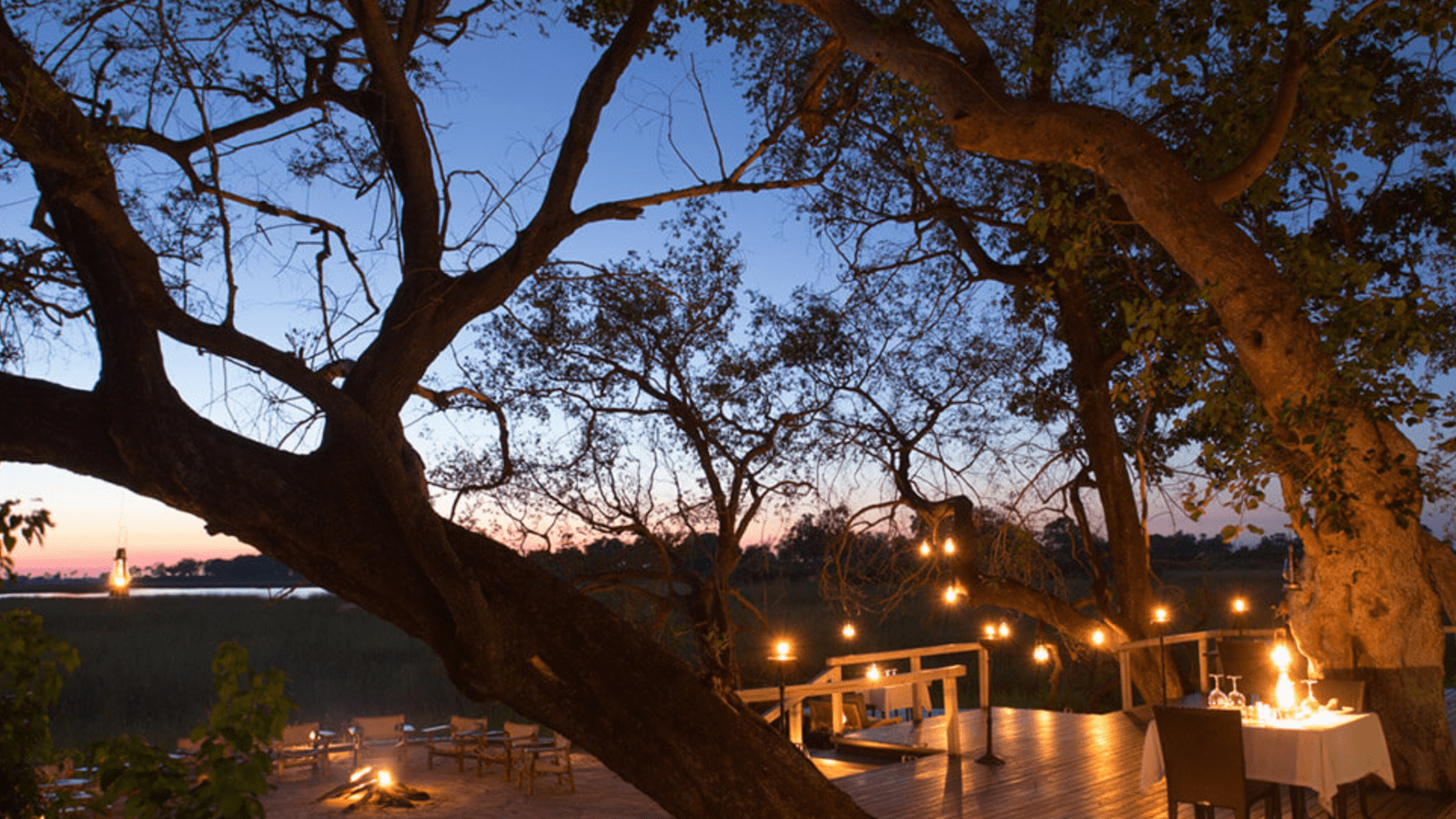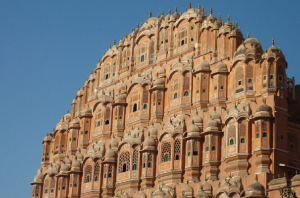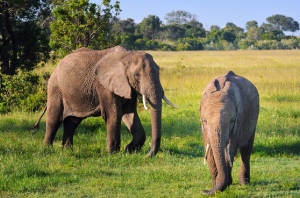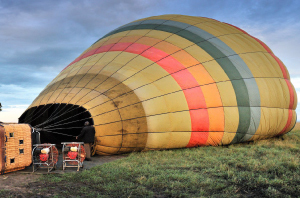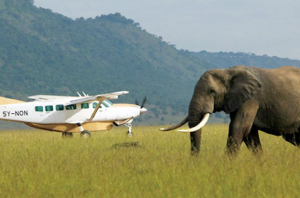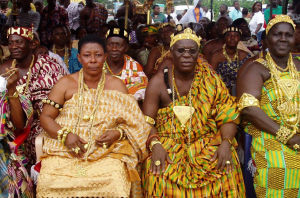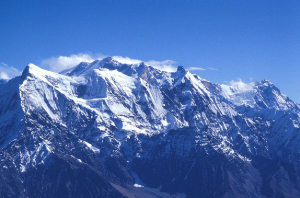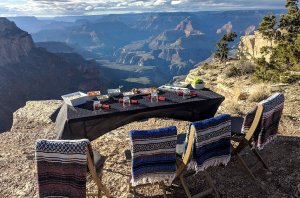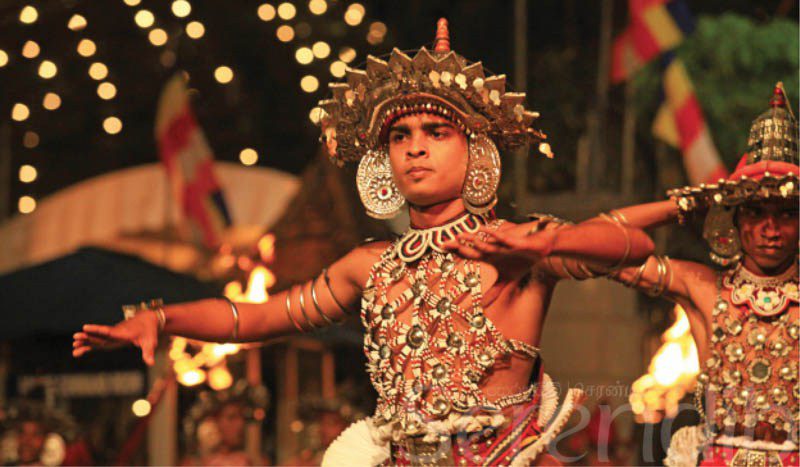Long ago – over 2500 years ago, in fact – legend tells of a Sri Lankan king in the kingdom of Kandy suffering from nightmares so disturbing that he called for the help of shamans from India to exorcise the demons plaguing him. The shamans danced vigorously through the night to chase away these demons – and the king’s nightmares disappeared! From that day forward, dancing to appease demons, honor deities, and heal sickness became deeply rooted in Sinhalese culture.
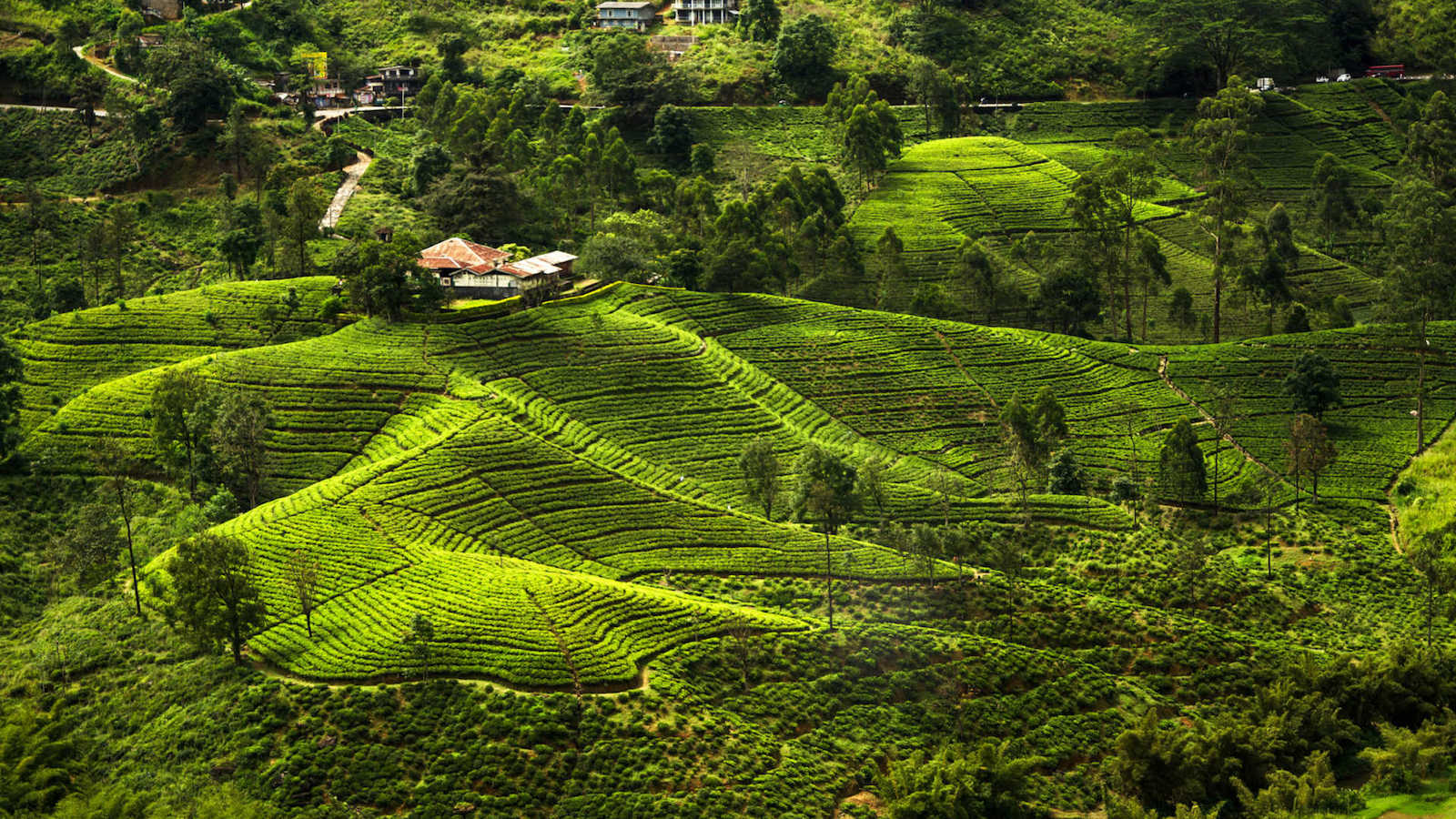
Kandyan Dance
In reality, Kandyan dance – the national dance of Sri Lanka said to have originated from this exorcism – probably evolved from the religious rituals and folk beliefs of the people living in Sri Lanka centuries before the widespread emergence of Buddhism. But it’s more than an ornate art form. Inextricably linked with the practice of Buddhist faith and ritual, and influenced by trade with Southern India, Kandyan dance has played a role in shaping Sri Lankan identity and preserving it during foreign rule. Discover this vibrant, resilient display of Sinhalese culture with Immersion Journeys.

Ves, Pantheru, Uddekki, Naiyandi & Vannam
Classical Kandyan dance is broken down into five forms, distinguished by distinctive elements of costume and musical accompaniment: Ves, pantheru, uddekki, naiyandi, and vannam.
Ves is the most renowned and the most vigorous, featuring stylized hand and head gestures with feats of acrobatics including stunning backflips, high-kicking leaps, and hypnotic pirouettes. It is performed to a drum called the Geta Bera (“Big Boss”), which is beaten by hand. Ves is associated with an ancient purification ritual, and was once only performed in temple precincts. These days, the Sinhalese enjoy performances of Ves dance during religious ceremonies and processions.
The pantheru and udekki forms, while slightly more sedate, still pulse with percussive energy, and feature dancing accompanied by small tambourines and tiny hourglass drums, respectively. These musical instruments are said to have a sound handed down by deities, and pantheru dancers were employed by Sinhalese kings to celebrate victories on the battlefield of war!
Naiyandi is perhaps the simplest and most graceful form, reserved for the preparations of the Kohomba Kankariya festival, where the Kandyan deity Kohomba is honored annually.
Vannam is the most poetic, inspired by nature, history, legend, and folk religion. Most of the eighteen vannams describe the behavior of animals, and do so to convey a certain expression of sentiment. These dances are accompanied by kavi, or poetry sung aloud to music.
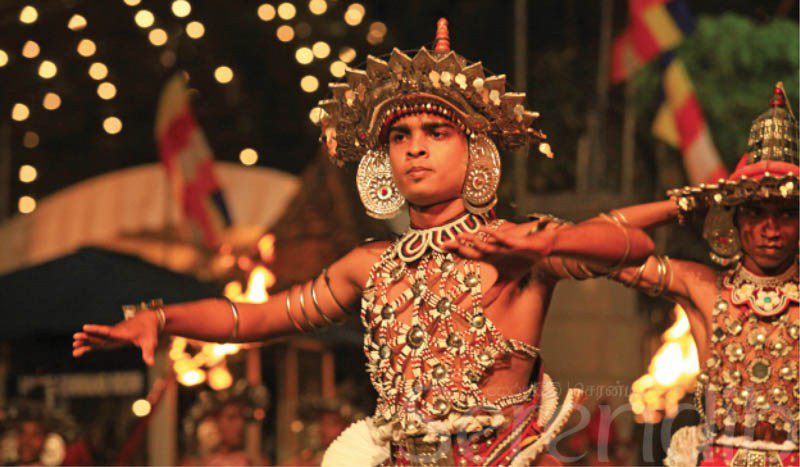
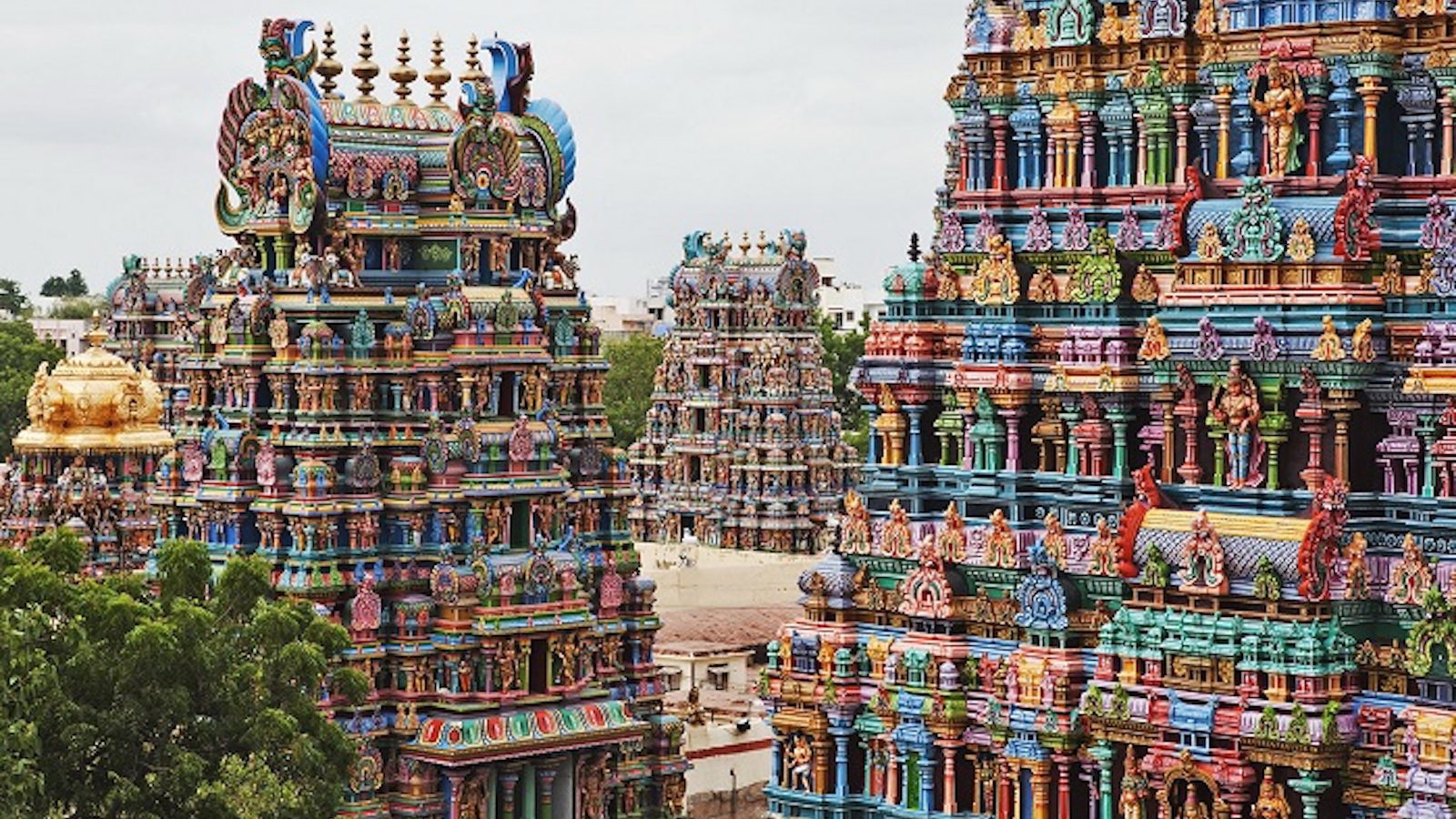
All of these dance forms feature sumptuous costumes – chest plates covered in decorative beads, anklets, and other jewelry adorn the body, and Ves dancers in particular wear a domed, decorated headdress to make them appear taller. This headdress is considered highly sacred, a replica of the one worn by Kohomba.
While Kandyan dance has been traditionally reserved for male performers, with some folklore warning that any woman who even tried so much as to dress in Ves costume would fall deathly ill, this has changed in the last 50 years. Women now receive their own dance training, and are featured in important roles onstage.
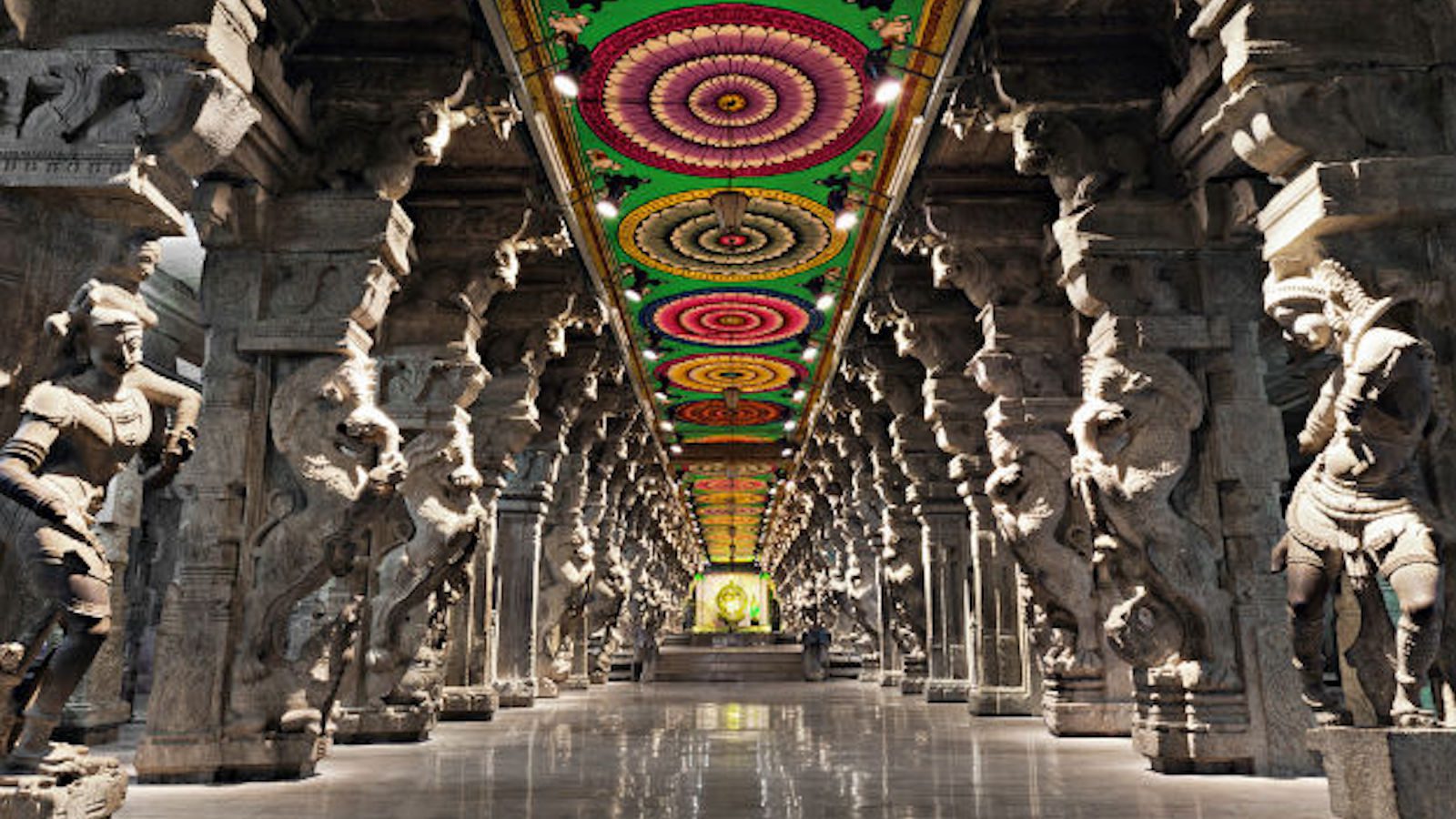
Sri Lanka & Southern India
Kandyan dance has much in common with the Kathakali dance-drama of Sri Lanka’s historical, cultural, and geographical cousin, Southern India. This is due to centuries of cultural crossover that took place between the two regions between the 2nd century BCE and the 8th century CE, when Southern Indian kings sent trade missions, priests, court dancers and even armies to regions throughout Southeast Asia.It’s likely that during this time a Sanskrit text on the arts called the Natya-Shastra made it to Sri Lanka, and its tenets were adapted by Sinhalese dance troupes. Though Southern India’s political and economic power in Sri Lanka declined, its dance and gestural vocabulary were preserved. You can see the similarities in Kathakali and Kandyan dance through their similar costumes and circular movements, including vast gaps between the legs, high energy leaping, and vigorous twisting.
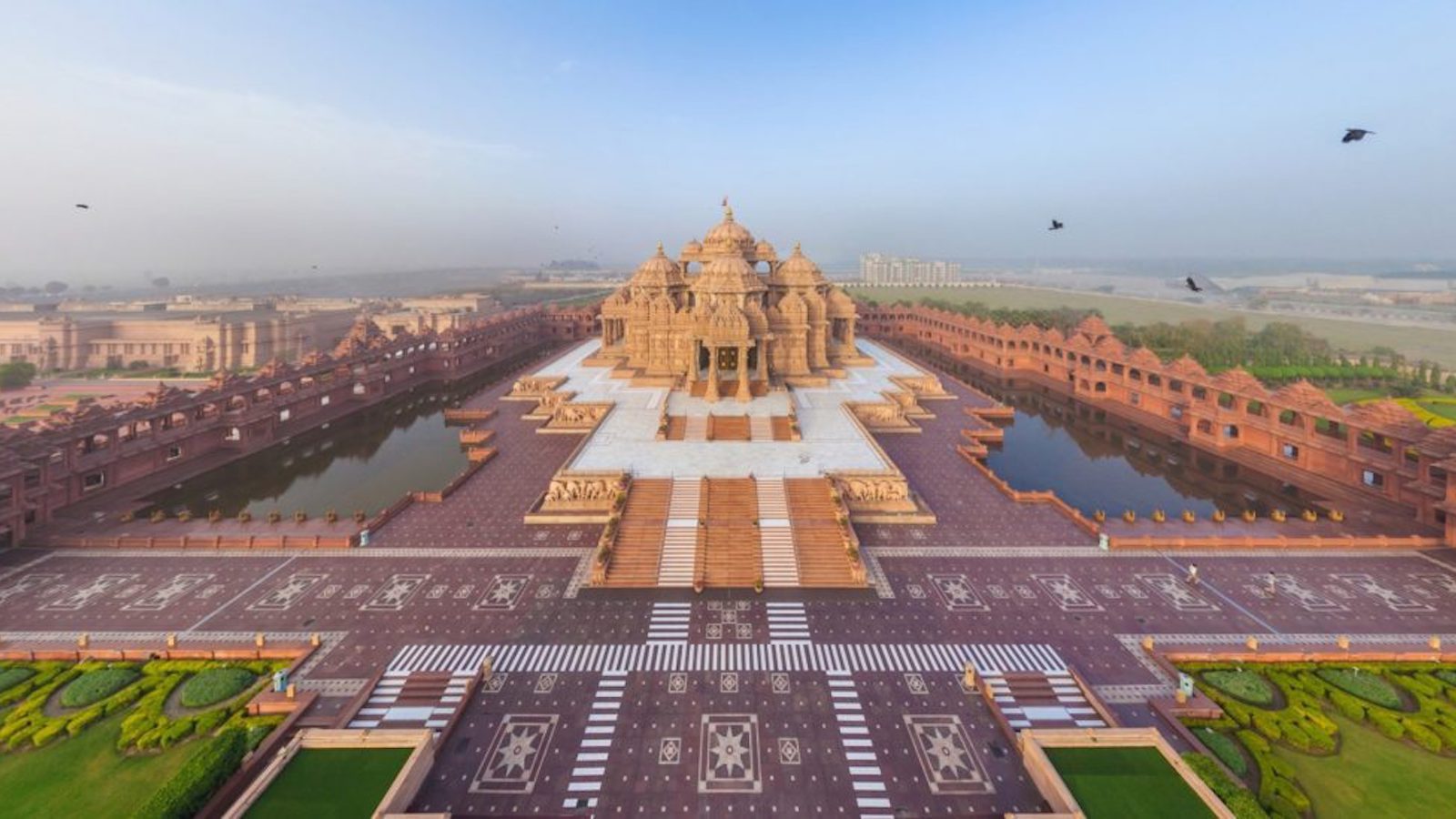
Esala Perahera, the great Festival of the Tooth
These days, one of the most renowned performances of Kandyan dancing happens during the Esala Perahera, the great Festival of the Tooth that happens annually in July and August to honor the ancient Tooth-Relic of the Buddha. This historic festival, with Kandyan dancers front and center enthralling the crowd during the procession of the Tooth-Relic, is a vivid display of Sinhalese worship, and a celebration of an ever-vibrant, resilient national identity.
Travel with Immersion Journeys to Sri Lanka and experience the unforgettable – learn more about our incredible tours!
